If you want to employ ceramic tile in your upcoming restoration project or the layout of a new home you’re building, it’s crucial to know how thick it is. Tile is not only a visual media like paint or wallpaper, although having a significant aesthetic significance in your design. It’s a real building material, so if you don’t account for its thickness, you might have to hurriedly change everything, including the transitions between different flooring materials and your doors. 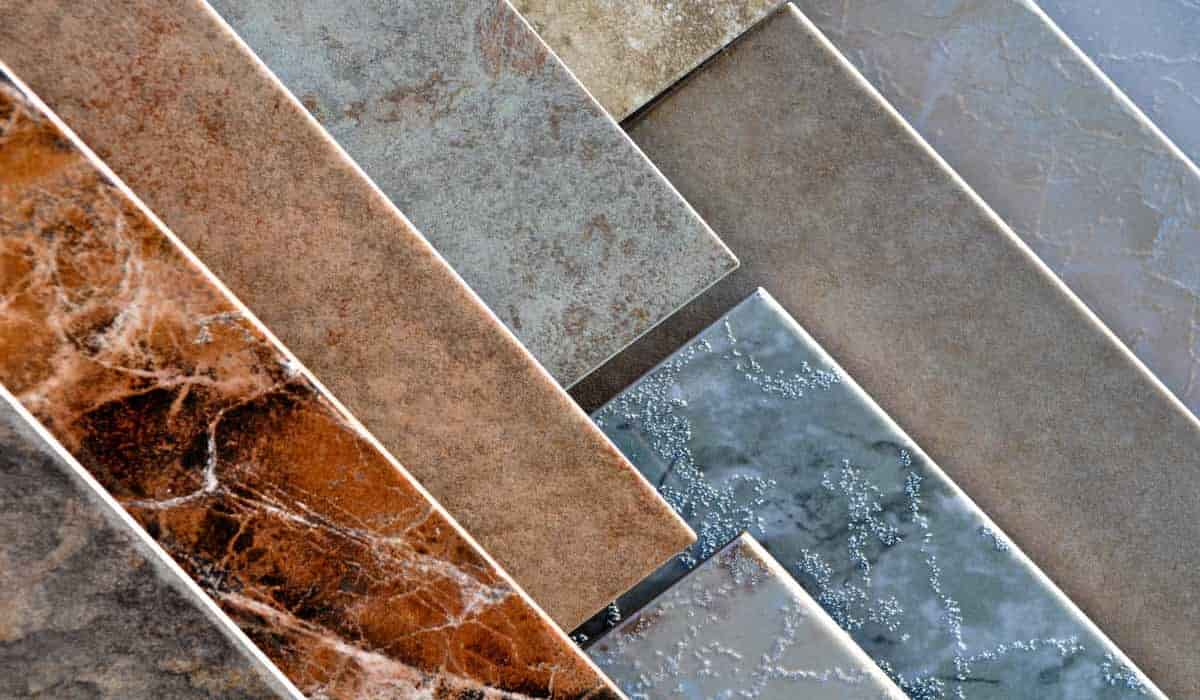
Measurement of Ceramic Floor Tile Thickness
Although rectangular tiles are also popular, square tiles are the most typical choice for flooring. You can also choose specialty shapes and designs like octagonal, hexagonal, trapezoidal, and penny tile if you’re searching for a flooring option with a strong visual effect. There is a wide range of sizes. Tiles in other forms are proportioned identically, with standard square tile sizes ranging from 2 × 2 inches to 24 x 24 inches. Most floor tile thicknesses fall between 1/3 and 1/2 inches, with larger tiles often being thicker than smaller ones. Typical thicknesses for floor tiles range from 3/8 inch to 1/2 inch. Outside of this range, certain tiles can have thicknesses as low as 1/8 inch for ornamental tiles and as high as 5/8 inch for enormous tiles. When buying floor tiles from a European provider, metric thicknesses normally start at 10 millimeters (or about 3/8 inch) and go up from there. 
Amount of Ceramic Wall Tile Thickness
For a number of reasons, ceramic wall tiles are thinner. Floor tiles must be thick to survive years of foot activity, the weight of furniture, and the jarring impact of dropped things. Wall tiles don’t fall under any of those categories, and installation is made simpler by the thinner tile’s lighter weight. As before, ornamental tiles may be as thin as 1/8 inch, but thicknesses of 1/4 inch to 3/8 inch (6 to 10 mm in metric measurements) are more common. Sizes and shapes will differ, just like with floor tiles. The most popular shapes are square and rectangular, but if you want to make a style statement, you may use unusual shapes or bigger tiles. If you’re willing to deal with their increased weight and thickness, floor tiles can be placed on walls. Since wall tiles are not made to withstand that kind of use, floors shouldn’t be covered with them. 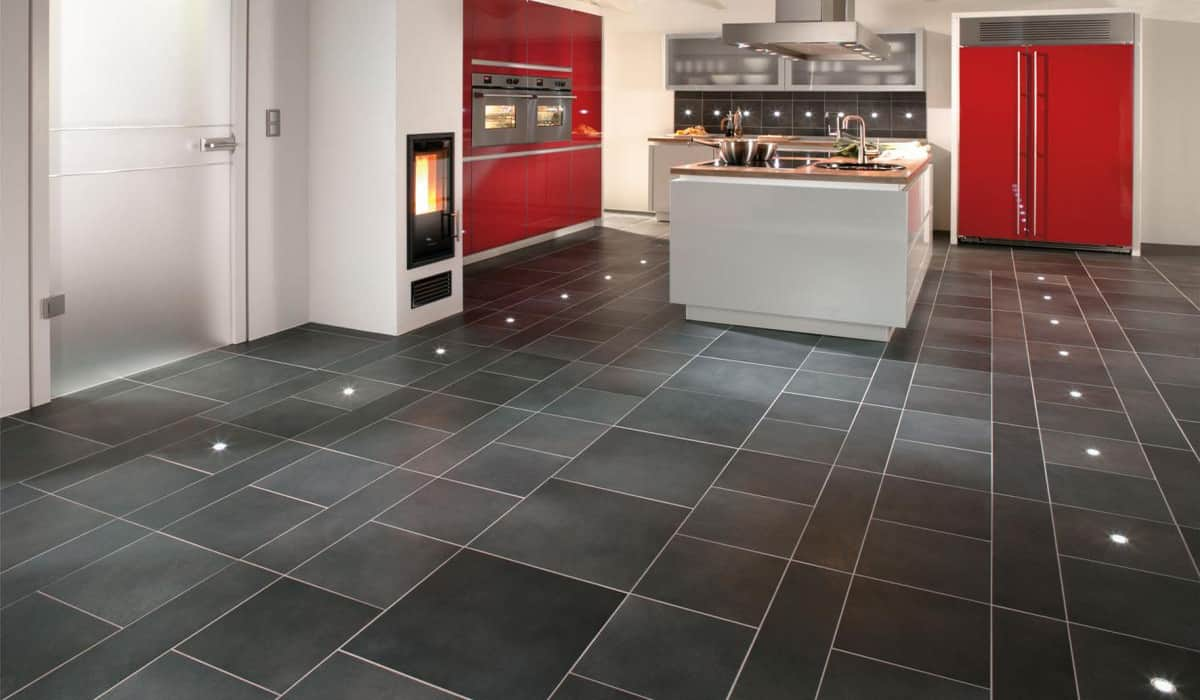
Taking Thinset and Underlayment into Account
You should not simply take the tile’s thickness into account. Unlike some vinyl tiles, ceramic tiles cannot be “peeled and stuck.” A backer board, membrane, or other underlayment is frequently used in conjunction with thinset, a specific sort of mortar, to hold them in place. 


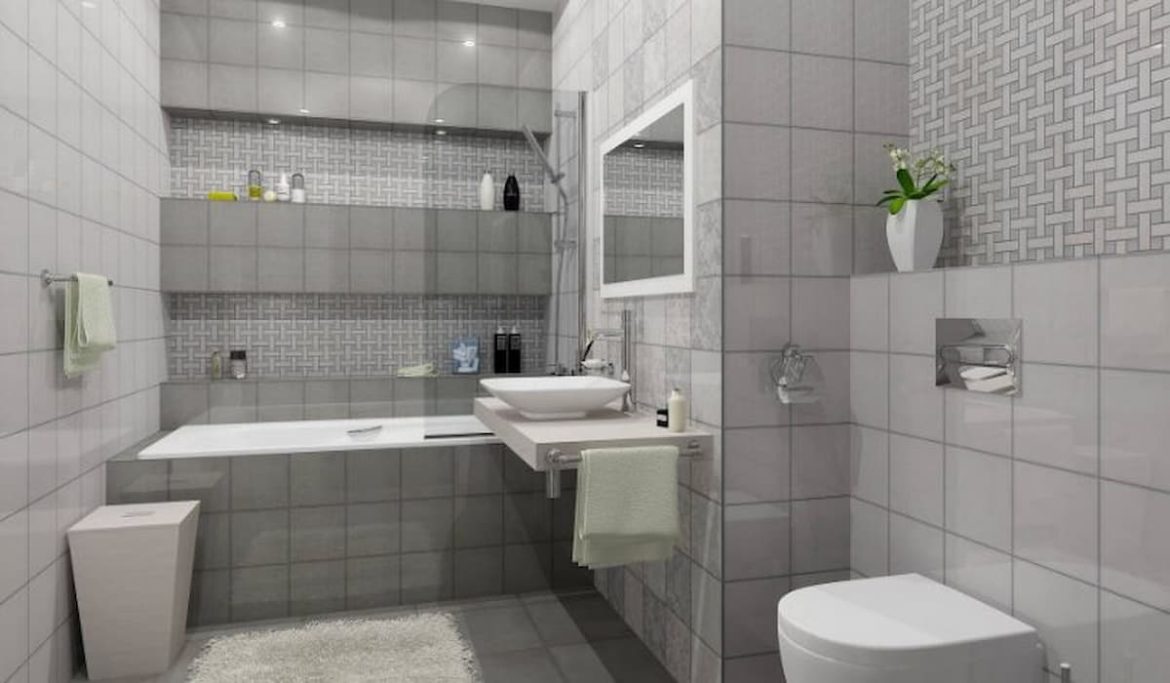
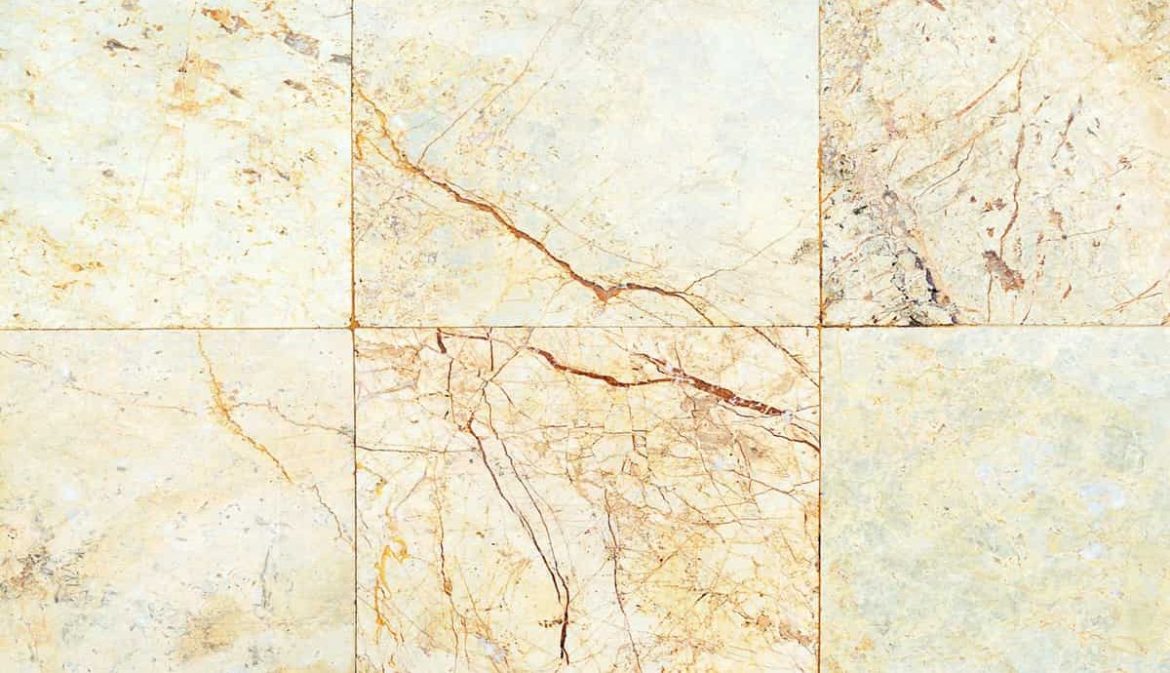

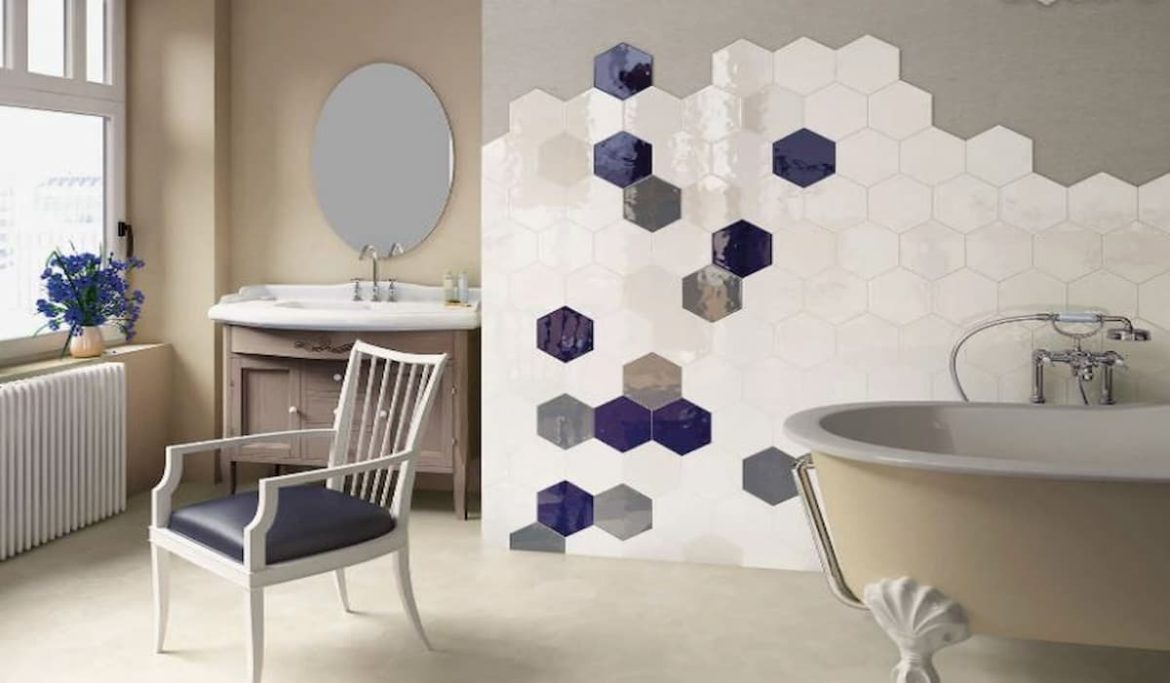

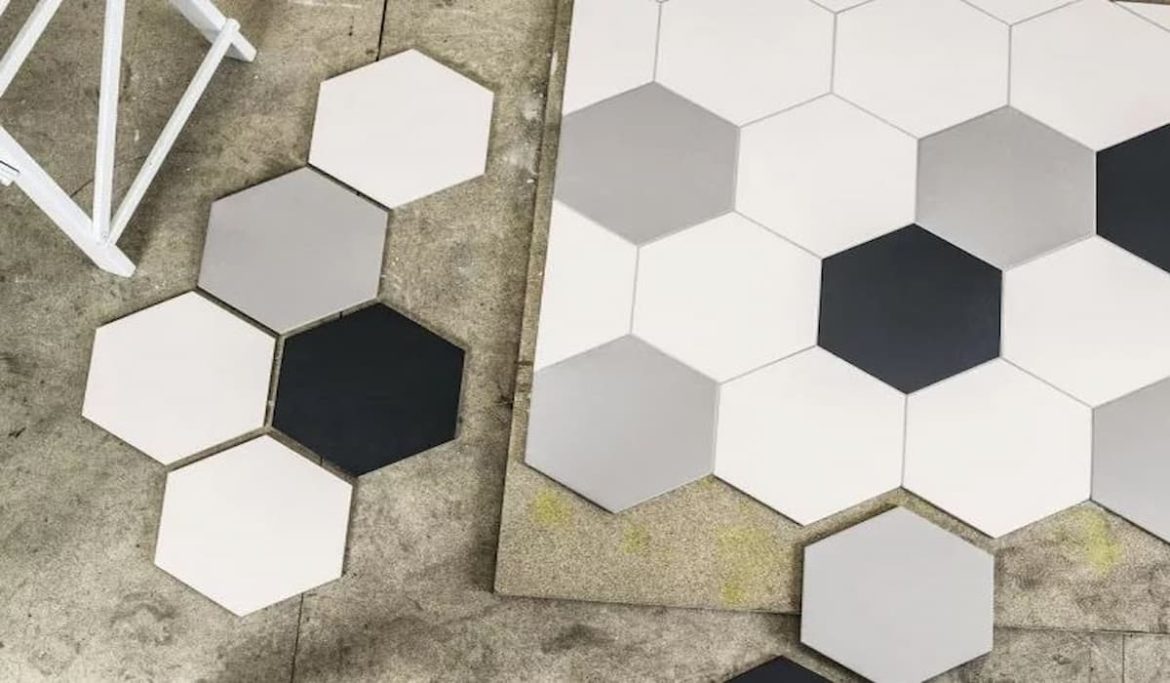
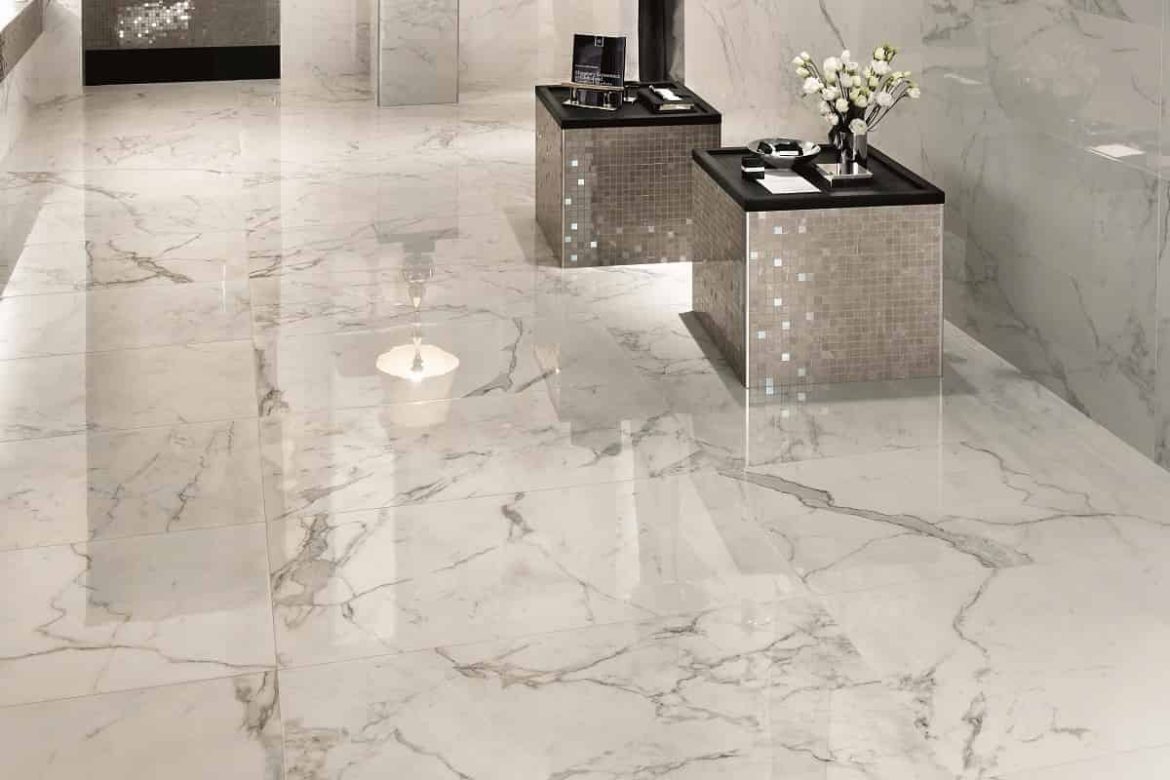
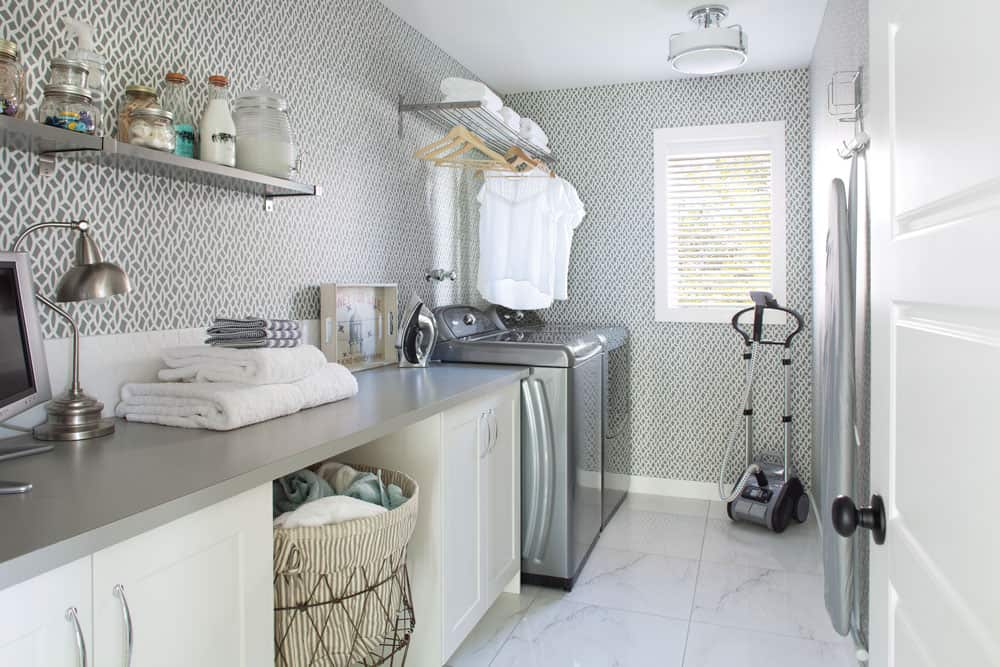
Your comment submitted.